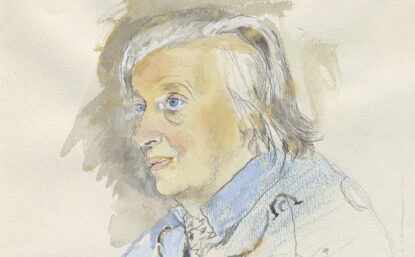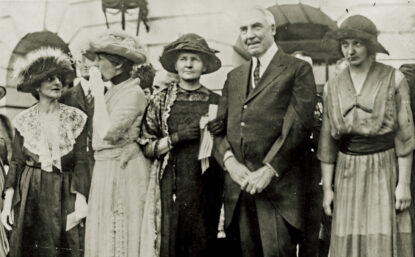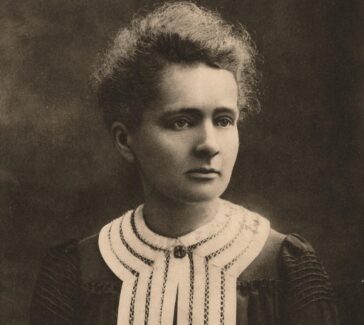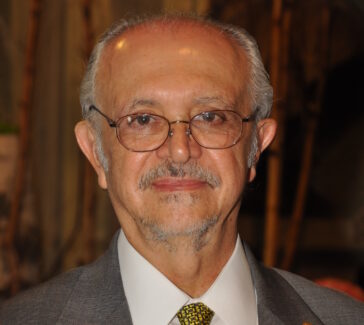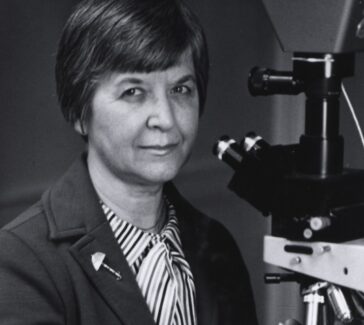Dorothy Crowfoot Hodgkin
Using X-ray crystallography, Hodgkin determined the structures of penicillin, insulin, and vitamin B12 and was the third woman ever to win the Nobel Prize in Chemistry.
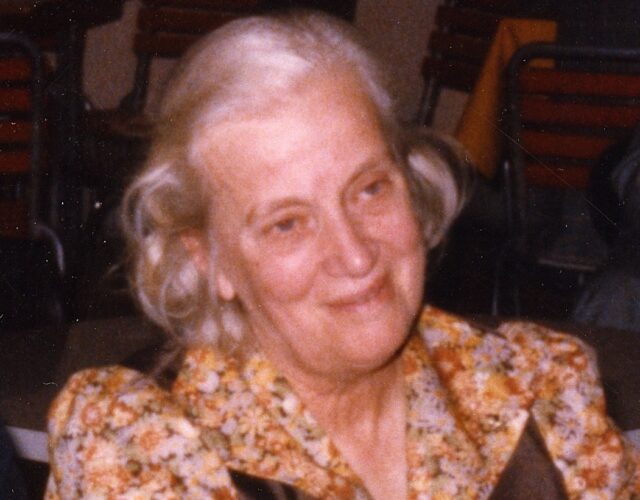
In the late 1930s Dorothy Crowfoot Hodgkin (1910–1994) became a leading practitioner of the use of X-ray crystallography in determining the three-dimensional structure of complex organic molecules.
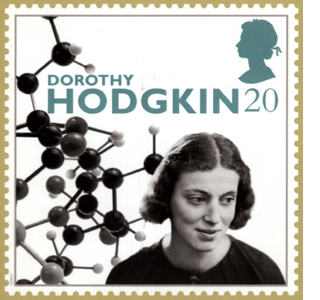
In the 19th century and well into the 20th century, chemists like Emil Fischer conducted long, tedious chemical reactions and degradations to gain clues about the three-dimensional structures of molecules and then performed syntheses to test their deductions.
About the same time as Hodgkin was beginning her work in X-ray crystallography, chemists were also examining spectra from spectroscopes descended from the mid-19th-century invention of Robert Bunsen and Gustav Kirchhoff, not just to analyze for elemental content but also to gain structural information about molecules.
Life in North Africa
Hodgkin was born in Cairo, Egypt, to English parents, John and Grace Crowfoot. Although her formal schooling took place in England, she spent a significant part of her youth in the Middle East and North Africa, where her father was a school inspector. Her parents were authorities in archaeology, and she might have followed the family vocation but for a childhood fascination with minerals and crystals.
She enjoyed using a portable mineral-analysis kit to analyze pebbles that she and her sister found in the stream running through the family garden in Khartoum, Sudan. When she was 15, her mother gave her Sir William Henry Bragg’s Concerning the Nature of Things (1925), which contained intriguing discussions of how scientists could use X-rays to “see” atoms and molecules.
Work with X-Ray Crystallography
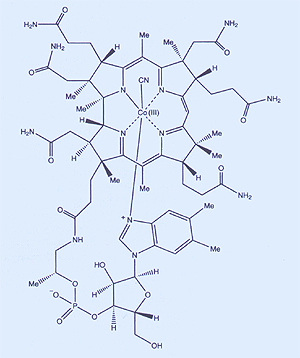
At Somerville College, Oxford, she studied physics and chemistry and chose to do her fourth-year research project on X-ray crystallography. She had to crystallize the substance under study, shoot X-rays at the crystal, and then study the way the X-rays were diffracted off the planes of the crystal’s structure.
The technique, which involves a lot of mathematical analysis, was developed by Bragg and his son, William Lawrence Bragg, who shared the 1915 Nobel Prize in Physics for their work. Yet X-ray crystallography was still a relatively new technology with many challenges—and hence opportunities for research—when Hodgkin entered the field.
After graduation she studied at Cambridge University with John Desmond Bernal, who had worked for five years with the senior Bragg. She and Bernal collaborated successfully, using X-ray crystallography to determine the three-dimensional structure of several complex organic molecules important to the functioning of living organisms. (The Braggs had worked primarily with inorganic molecules while developing their methods.)
In 1937 she received her PhD from Cambridge—the same year she married Thomas L. Hodgkin, who became an authority on African history. Both Hodgkins held academic appointments at Oxford University, and they raised their three children there with the help of the Hodgkin grandparents.
Hodgkin’s most significant scientific contributions were the determination of the structures of penicillin, insulin, and vitamin B12. In 1964 she won the Nobel Prize in Chemistry “for her determinations by X-ray techniques of the structures of important biochemical substances.” She was the third woman ever to win the prize in chemistry (after Marie Curie and Irène Joliot-Curie).
Humanitarian Achievements
Hodgkin is fondly remembered by her research students, who included many women. She was also involved in a wide range of peace and humanitarian causes and was especially concerned about the welfare of scientists and people living in nations defined as adversaries by the United States and the United Kingdom in the 1960s and 1970s—for example, the Soviet Union, China, and North Vietnam.
From 1976 to 1988 she was chair of the Pugwash movement, which was originally inspired by the concerns voiced in 1955 by Albert Einstein and the philosopher-mathematician Bertrand Russell that work by scientists—such as the creation of the hydrogen bomb—would lead to conflict and needed the insights of and input from the world’s scientists. Later the Pugwash conferences dealt with other potential dangers raised by scientific research.

